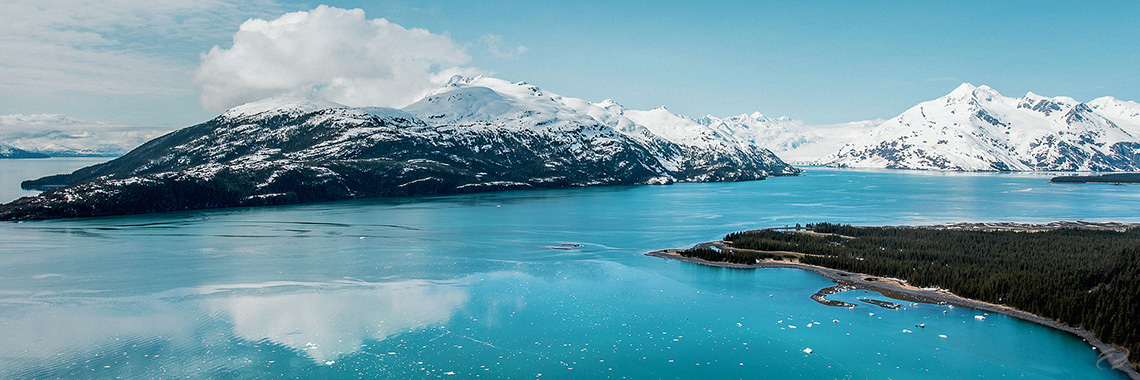The population of the Railbelt area of Alaska has grown by 170% since 1970 and accounts for more than half the state’s population, while the known gas reserves in the Cook Inlet have decreased by 80% over the same period due to a lack of new exploration and development. This disparity between energy demand and production deliverability means that currently recoverable gas reserves can only cover half of requirements – resulting in a future supply shortfall of about 50 billion cubic feet annually.
Major industrial projects such as the planned Pebble Mine (which will need up to 300 megawatts of electricity, equivalent to around 25 billion cubic feet of gas per year) and other mining projects are likely to increase this demand shortfall even further.
Another factor related to declining production from existing capacity is the dwindling ability to respond to significant fluctuations in demand. In the past, natural gas producers were able to produce larger quantities of natural gas when there was a surge in demand. Reduced output means that demand fluctuations are having to be met from storage capacity – but the Cook Inlet has limited storage capacity at present.
The cost of pipelines to transport natural gas from the north slope of the state to the Railbelt region (such as the Bullet Line, the Valdez Option, or the North America Option), would be exorbitant. Importing liquefied natural gas (LNG) from outside Alaska is also not economic at present. The use of renewable energies from planned projects, such as Susitna Hydro, Fire Island Wind or Mount Spurr Geothermal will be decades in coming, based on current forecasts. A study conducted on behalf of the Alaska Natural Gas Development Authority (ANGDA), for example, concluded that steps must be taken immediately to increase natural gas production in the Cook Inlet and access new reserves.
